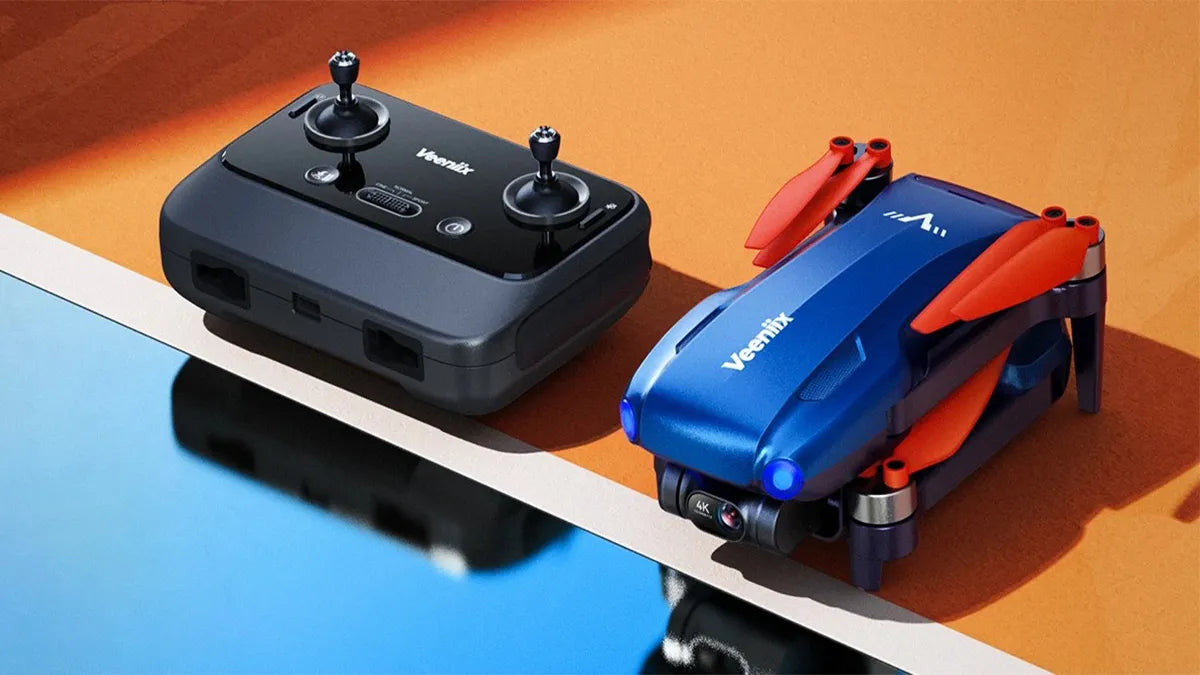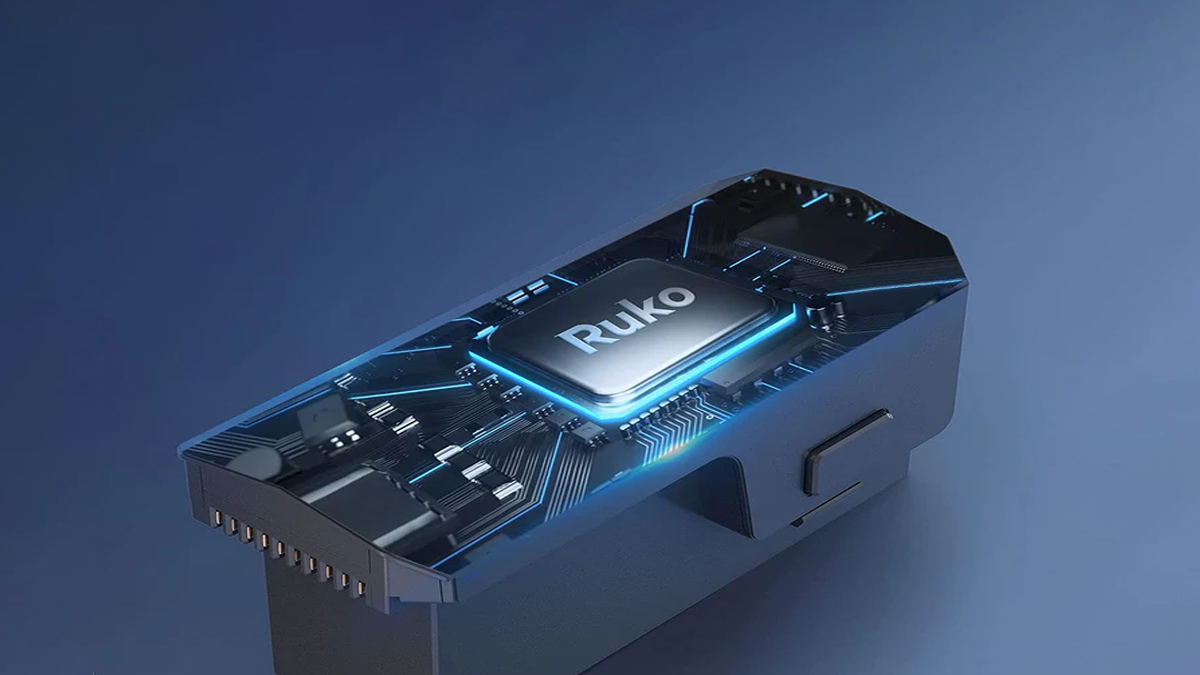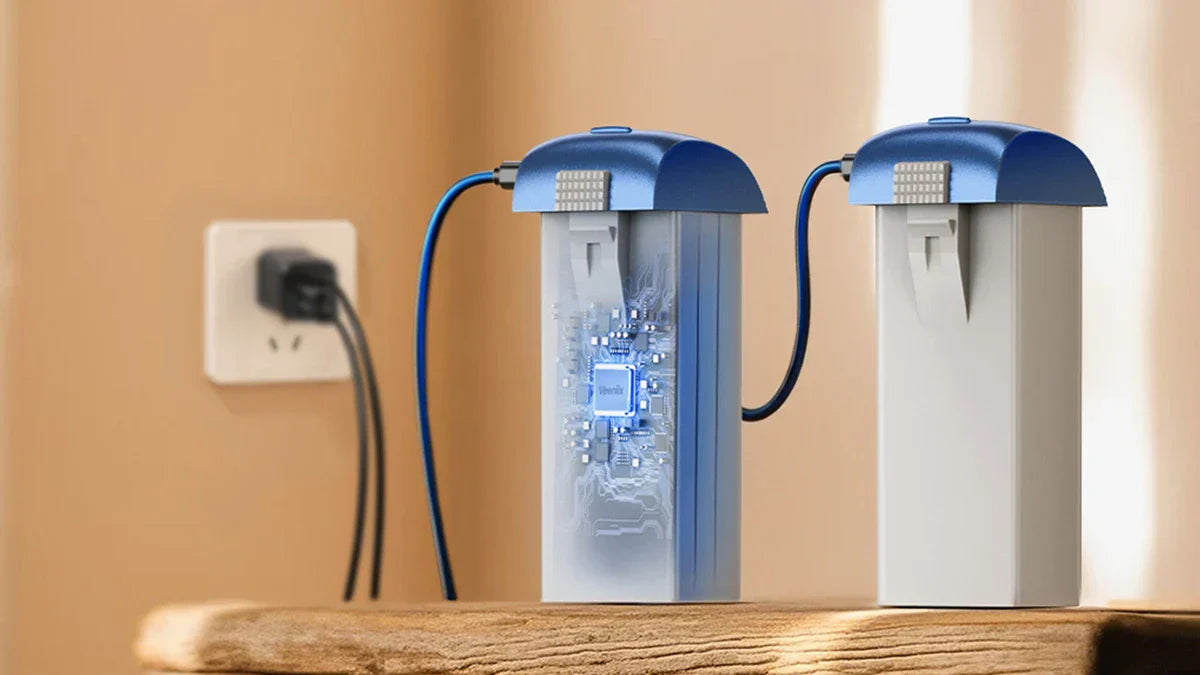In addition to basic flight, drones can also unlock features such as cruise control, image following, GPS following, and circumnavigation. In this blog, the editor will introduce you to the features and advantages of cruise control.
The Ruko drone's cruise control function allows the drone to automatically maintain the speed set by the user without having to hold the joystick to control it.
1. Core functional principle
A. Speed setting:
The user controls the speed of the drone through the remote control or directly selects and sets a desired cruising speed in the app (for example, 5 m/s, 8 m/s, 10 m/s, etc.). Once cruise control is activated, the drone's flight control system automatically takes over throttle control.
B. Maintaining speed:
Through this closed-loop feedback control, the flight control system can overcome external disturbances such as wind resistance, airflow changes, and slight slopes, and strive to stabilize the flight speed of the drone at the target value set by the user. At this time, the user only needs to manipulate the direction stick (usually the left joystick) to control the heading and left and right translation of the drone (if necessary).
2. Major Benefits and Key Applications
A. Simplify the operation and reduce the difficulty of control: Users do not need to keep the throttle lever precisely in a fixed position for a long time, which greatly reduces the control burden, especially in long-distance straight flight or operations that require a long-term stable speed.
B. Easier for beginners to master: For beginners, it is easier to achieve a smooth, straight flight. Improve the stability and smoothness of aerial photography.
C. Reduce user driving fatigue: In missions that require long hours and long distances of flight (such as inspections, surveying, and area searches), continuously holding the throttle position will cause fatigue in the operator's hands. Cruise control frees up the right hand to operate the throttle lever, allowing the user to focus more on observing the environment, planning routes, adjusting the gimbal camera, or performing other tasks.
D. Repetitive tasks: For missions that require executing the same path multiple times, cruise control can ensure that the speed of each flight is consistent, improving the comparability and reliability of the results.
In summary, the cruise control function of drones is an important intelligent feature of modern smart drones. It greatly simplifies the operation, significantly improves the fluency and professionalism of aerial photography, and is a key tool to improve the overall experience and operational efficiency of drones.









